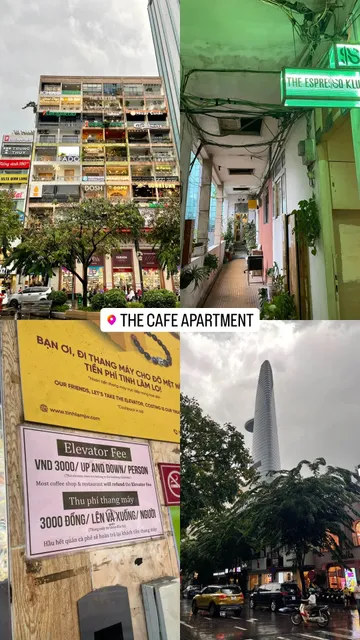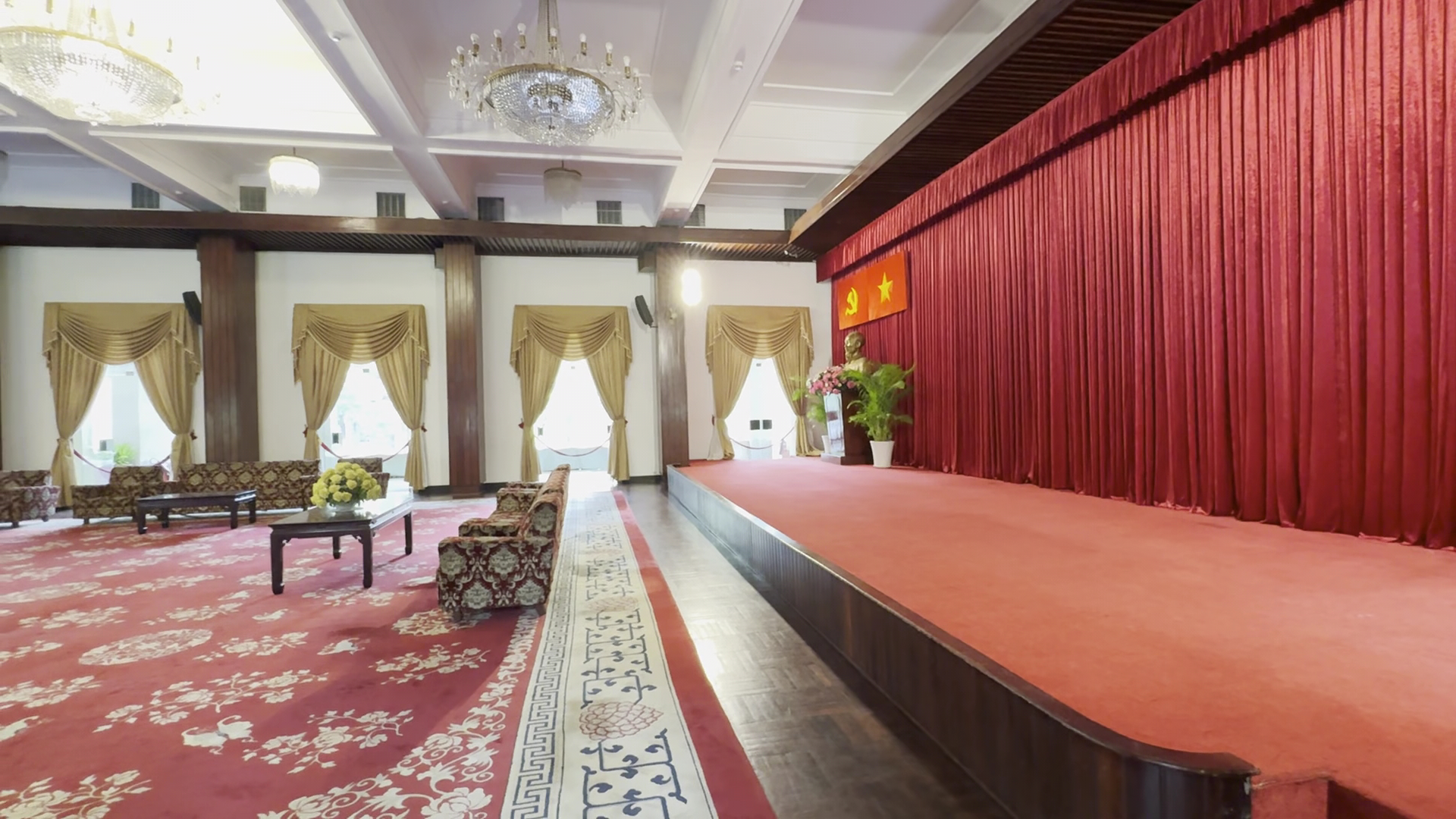Independence Palace things to do, attractions, restaurants, events info and trip planning
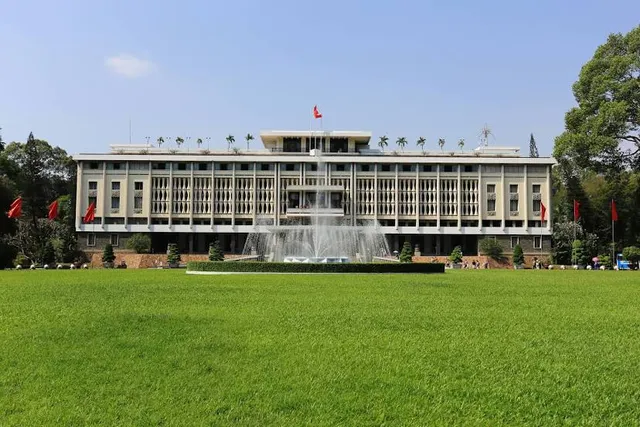
Basic Info
Independence Palace
Ben Thanh, District 1, Ho Chi Minh City, Vietnam
4.5(16.3K)
Open 24 hours
Save
spot
spot
Ratings & Description
Info
The Independence Palace, also publicly known as the Reunification Convention Hall, is a landmark in Ho Chi Minh City, Vietnam. It was designed by architect Ngô Viết Thụ and was the home and workplace of the president of the Republic of Vietnam.
Cultural
Accessibility
attractions: Tao Dan Park, War Remnants Museum, The Golden Dragon Water Puppet Theater, Spring Saigon Tours, Notre Dame Cathedral of Saigon, Museum of Ho Chi Minh City, April 30th Park, Ho Chi Minh City Book Street, Mariamman Hindu temple, Ho Chi Minh Statue, restaurants: Ben Nghe Street Food, Hoang’s Kitchen -Vietnamese cuisine & Vegan food, Đoàn Viên Restaurant, Quán Ngon 138, Pizza 4P's Ben Thanh, Propaganda Vietnamese Bistro, Sài Gòn Xưa và Nay, Steak Love Độc Lập, Hum Signature - Plant-based fine dining, Au Parc Café
 Learn more insights from Wanderboat AI.
Learn more insights from Wanderboat AI.Phone
+84 28 3822 3652
Website
dinhdoclap.gov.vn
Plan your stay

Pet-friendly Hotels in Ho Chi Minh City
Find a cozy hotel nearby and make it a full experience.

Affordable Hotels in Ho Chi Minh City
Find a cozy hotel nearby and make it a full experience.

The Coolest Hotels You Haven't Heard Of (Yet)
Find a cozy hotel nearby and make it a full experience.

Trending Stays Worth the Hype in Ho Chi Minh City
Find a cozy hotel nearby and make it a full experience.
Reviews
Nearby attractions of Independence Palace
Tao Dan Park
War Remnants Museum
The Golden Dragon Water Puppet Theater
Spring Saigon Tours
Notre Dame Cathedral of Saigon
Museum of Ho Chi Minh City
April 30th Park
Ho Chi Minh City Book Street
Mariamman Hindu temple
Ho Chi Minh Statue
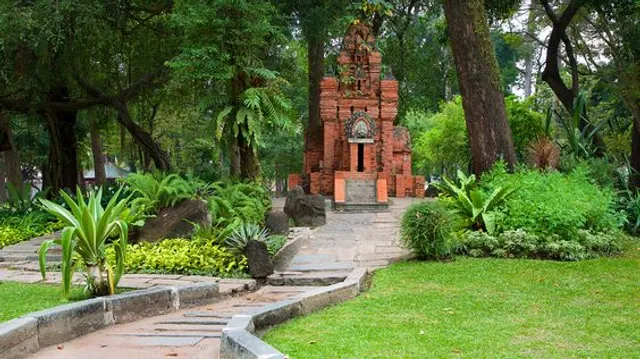
Tao Dan Park
4.5
(6.3K)
Open 24 hours
Click for details
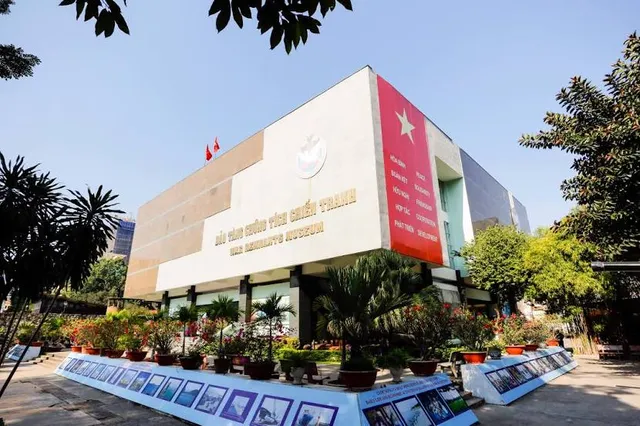
War Remnants Museum
4.5
(14K)
Open 24 hours
Click for details
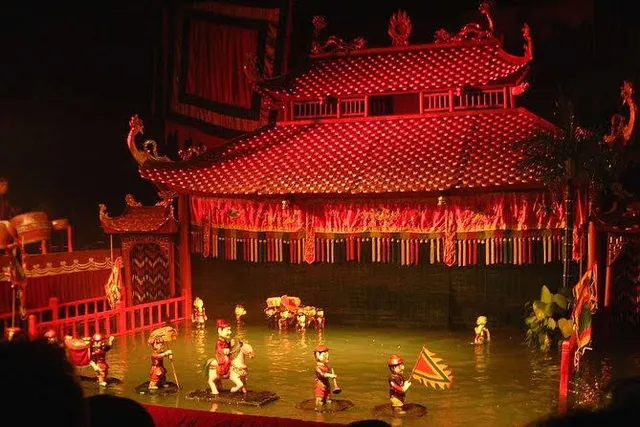
The Golden Dragon Water Puppet Theater
4.4
(1.0K)
Open 24 hours
Click for details

Spring Saigon Tours
5.0
(65)
Open 24 hours
Click for details
Things to do nearby

Best Street Food Motorbike Tour in Ho Chi Minh City
Tue, Dec 23 • 1:00 PM
Quận 1, Hồ Chí Minh, 700000, Vietnam
View details
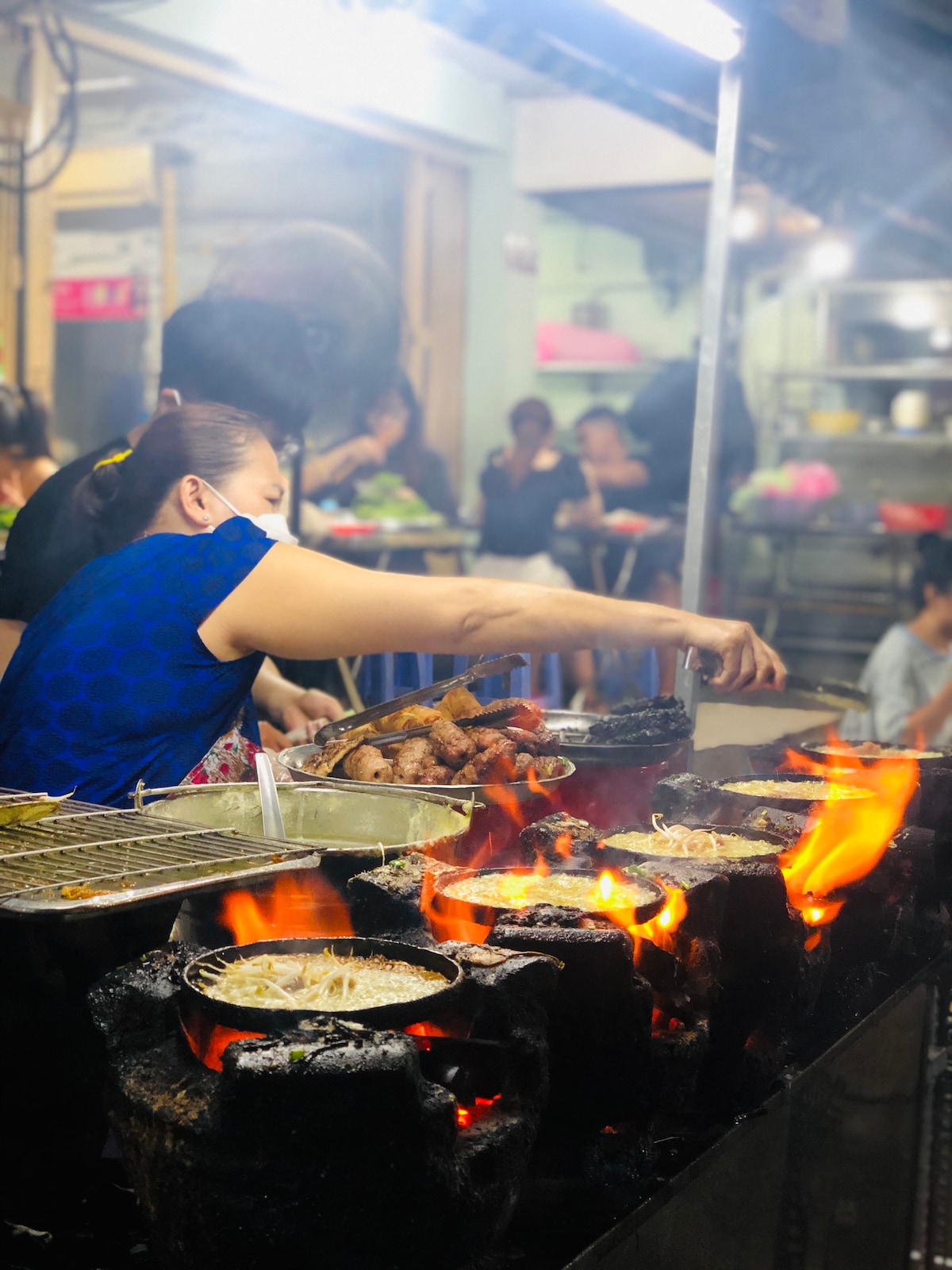
Saigon Eleven Tastings Food Tour by Scooter
Tue, Dec 23 • 1:00 PM
Võ Thị Sáu, Ho Chi Minh City, 700000, Vietnam
View details
Nearby restaurants of Independence Palace
Ben Nghe Street Food
Hoang’s Kitchen -Vietnamese cuisine & Vegan food
Đoàn Viên Restaurant
Quán Ngon 138
Pizza 4P's Ben Thanh
Propaganda Vietnamese Bistro
Sài Gòn Xưa và Nay
Steak Love Độc Lập
Hum Signature - Plant-based fine dining
Au Parc Café
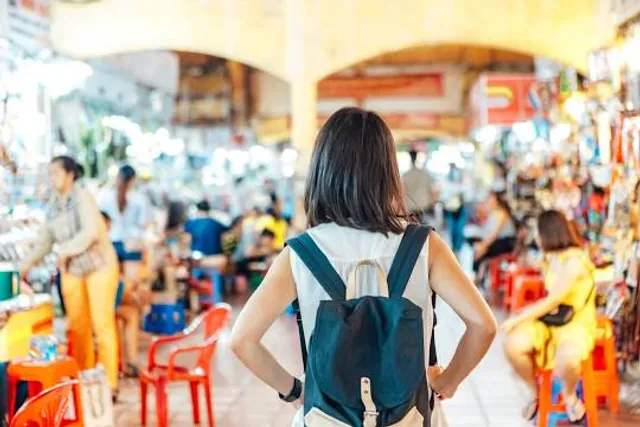
Ben Nghe Street Food
4.3
(4.6K)
Click for details
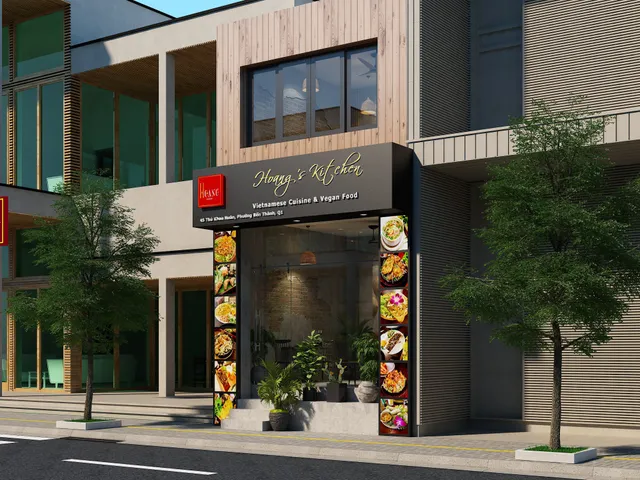
Hoang’s Kitchen -Vietnamese cuisine & Vegan food
4.9
(6.1K)
Click for details

Đoàn Viên Restaurant
4.0
(587)
$$
Click for details
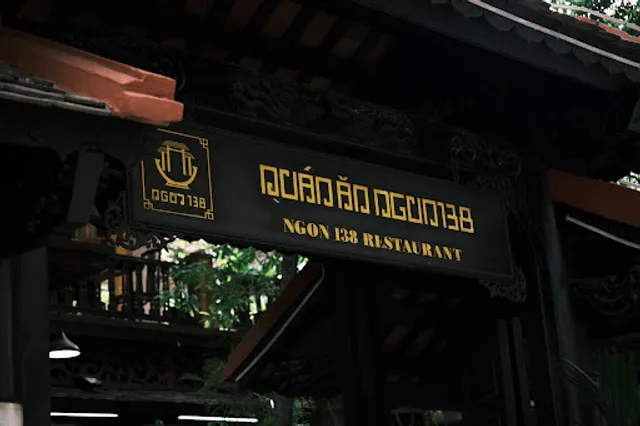
Quán Ngon 138
4.0
(512)
$$
Click for details


